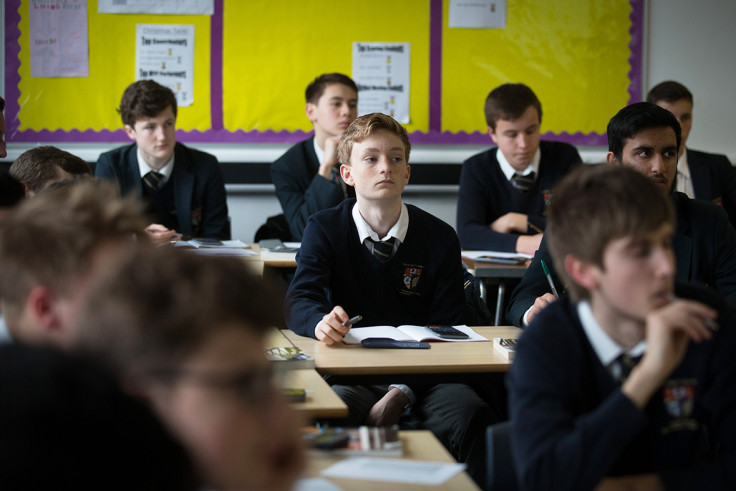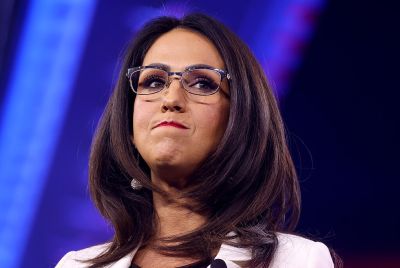It'll be 50 years before rich and poor pupils achieve the same GCSEs in England
The Education Policy Institute says disadvantaged school pupils are two years behind their peers at 16.

Children from the most disadvantaged backgrounds finish secondary school effectively more than two years behind their wealthier peers, according to a new report about the state of education in England. And while this gap is narrowing very slowly in general, it is actually widening for the most disadvantaged pupils.
The Education Policy Institute, a thinktank, looked at the difference in GCSE grades between disadvantaged and non-disadvantaged 16-year-olds in the decade up to 2016. Those pupils who had been "persistently disadvantaged" - meaning they were entitled to free school meals for at least 80% of their time at school - were found to be academically two years behind others.
And that gap had widened over the decade by 0.3 months to 24.3 months. However, for all those who had experienced disadvantage while at school, the gap between them and their peers at 16 had narrowed slightly by three months of learning since 2007, to 19.3 months. Disadvantaged pupils fall behind their more affluent peers by around two months each year over the course of secondary school, said the Institute.
"There is also significant variation across the country," said the report called Closing the Gap? Trends in Educational Attainment and Disadvantage. "Once again, we find that the disadvantage gap is generally smaller in London, the South and the East (16 to 18 months) while in the East Midlands and the Humber, the North and the South West, the gap is significantly larger, at 22 months by the end of Key Stage 4.
"Indeed, in the Isle of Wight, disadvantaged pupils are well over two years (29 months) behind their peers by the end of secondary school.
"At the other end of the scale, in Newham, disadvantaged five year olds are, on average, achieving as well as non-disadvantaged five year olds nationally. This indicates the potential scope for dramatic improvements in narrowing the gaps across the rest of England."
The report concluded: "The current system is delivering change far too slowly. On the current trend, it will take a staggering 50 years before the gap is closed and disadvantaged pupils finally achieve parity with their more affluent peers."
The Department for Education provides around £2.5bn a year to schools in England under its pupil premium funding. This money goes directly towards closing the attainment gap between disadvantaged and non-disadvantaged pupils. Schools are obliged to publish annual reports on how that money is being used and the impact it is having on the attainment of disadvantaged pupils.
"We believe it is unacceptable for children's success to be determined by their social circumstances," says the government. "We intend to raise levels of achievement for all disadvantaged pupils and to close the gap between disadvantaged children and their peers."
© Copyright IBTimes 2025. All rights reserved.





















